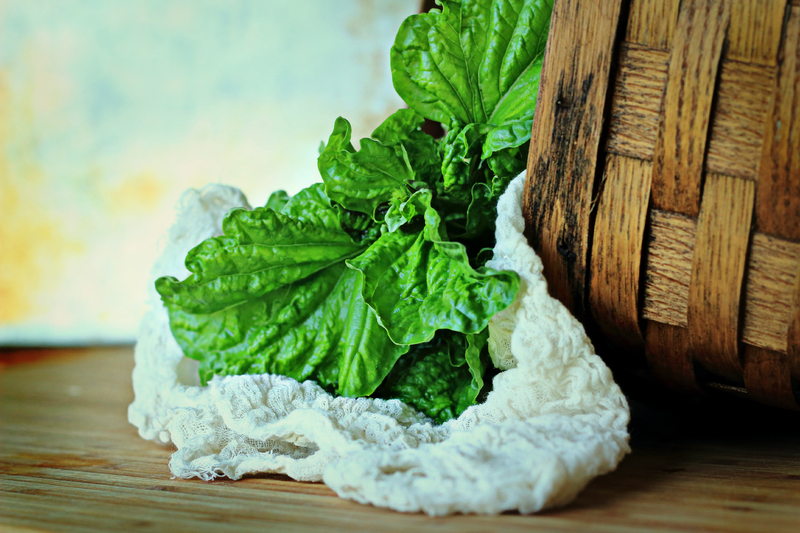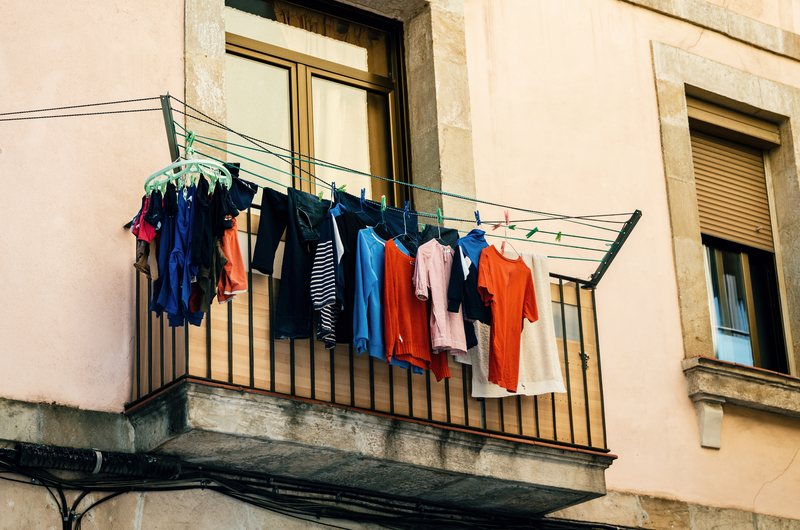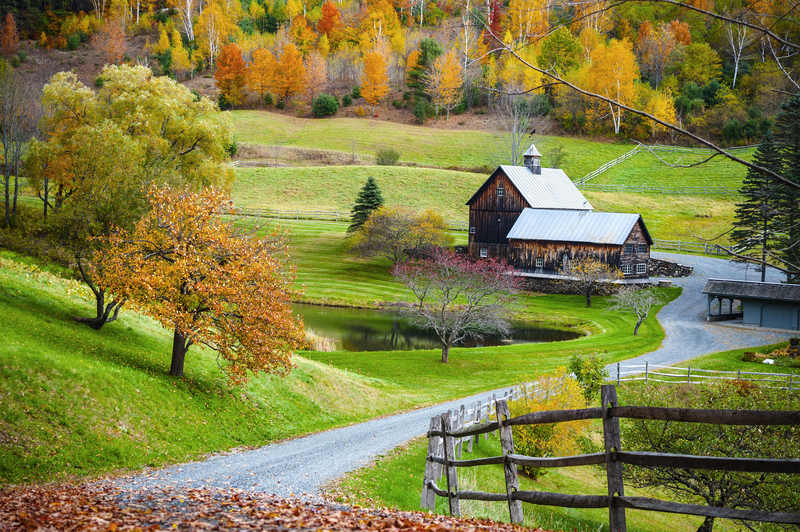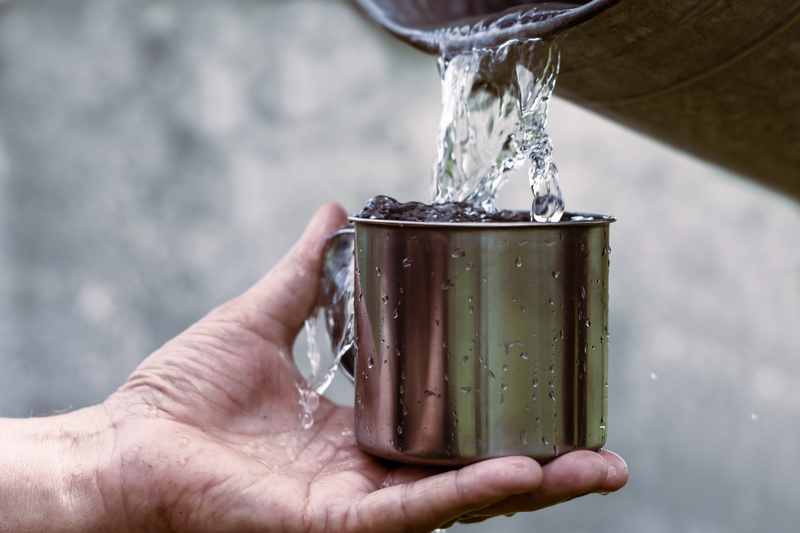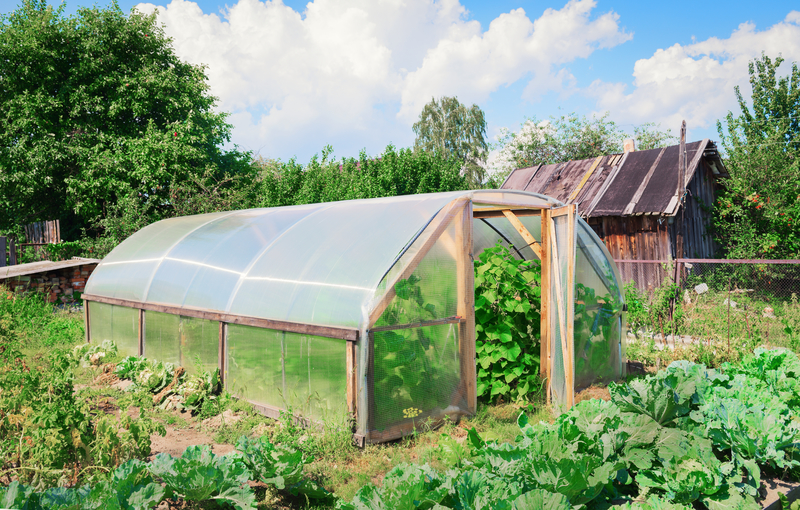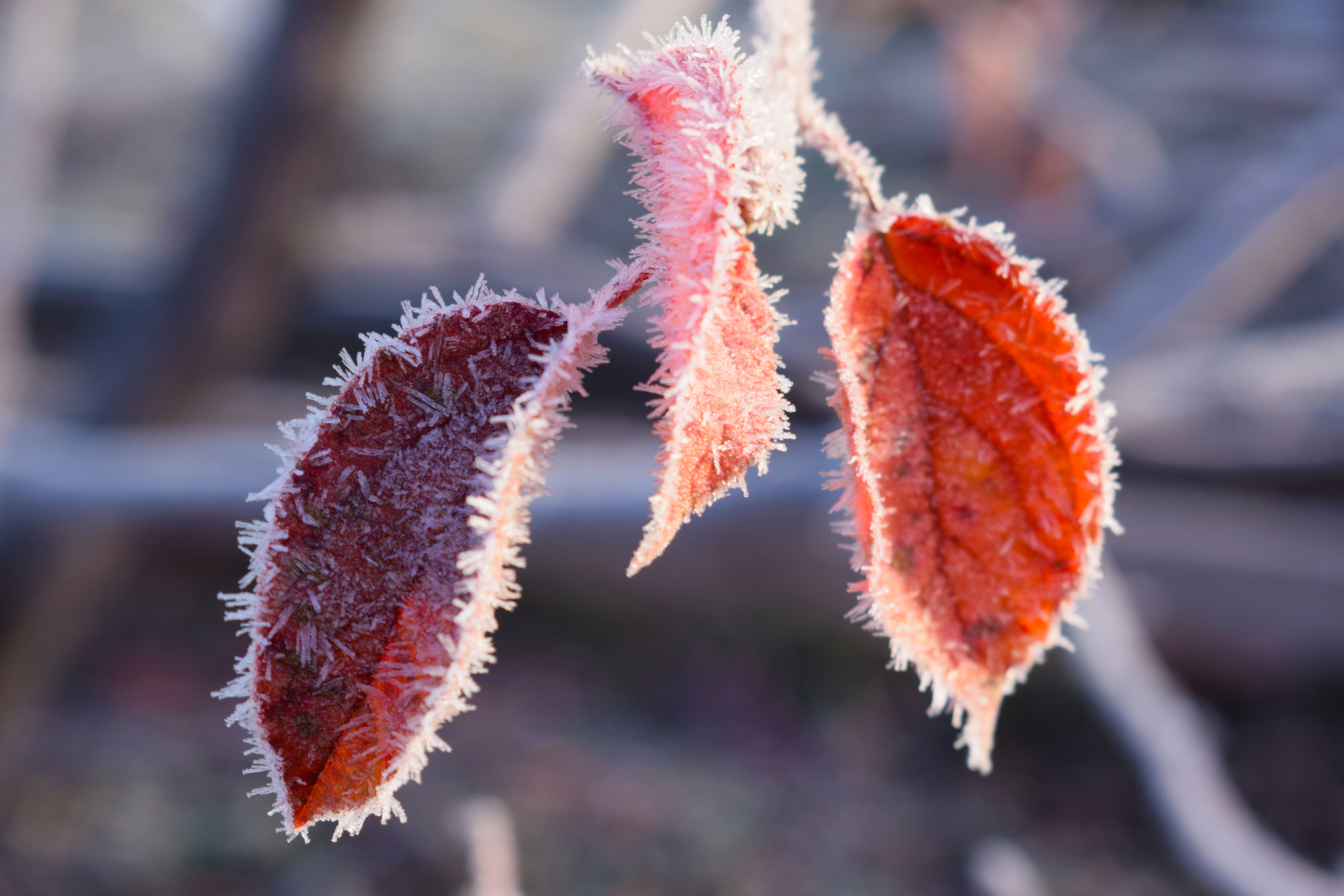11 Simple Natural Allergy Remedies
Are you haunted by your seasonal allergies? Even if your “seasonal” allergies pop up all year ‘round, there are plenty of remedies that you can use. Some of them, like number 11, go beyond the chemical-filled pills and tablets and into the all-natural realm. Yes, you can help keep your allergies at bay without subjecting … Read more


